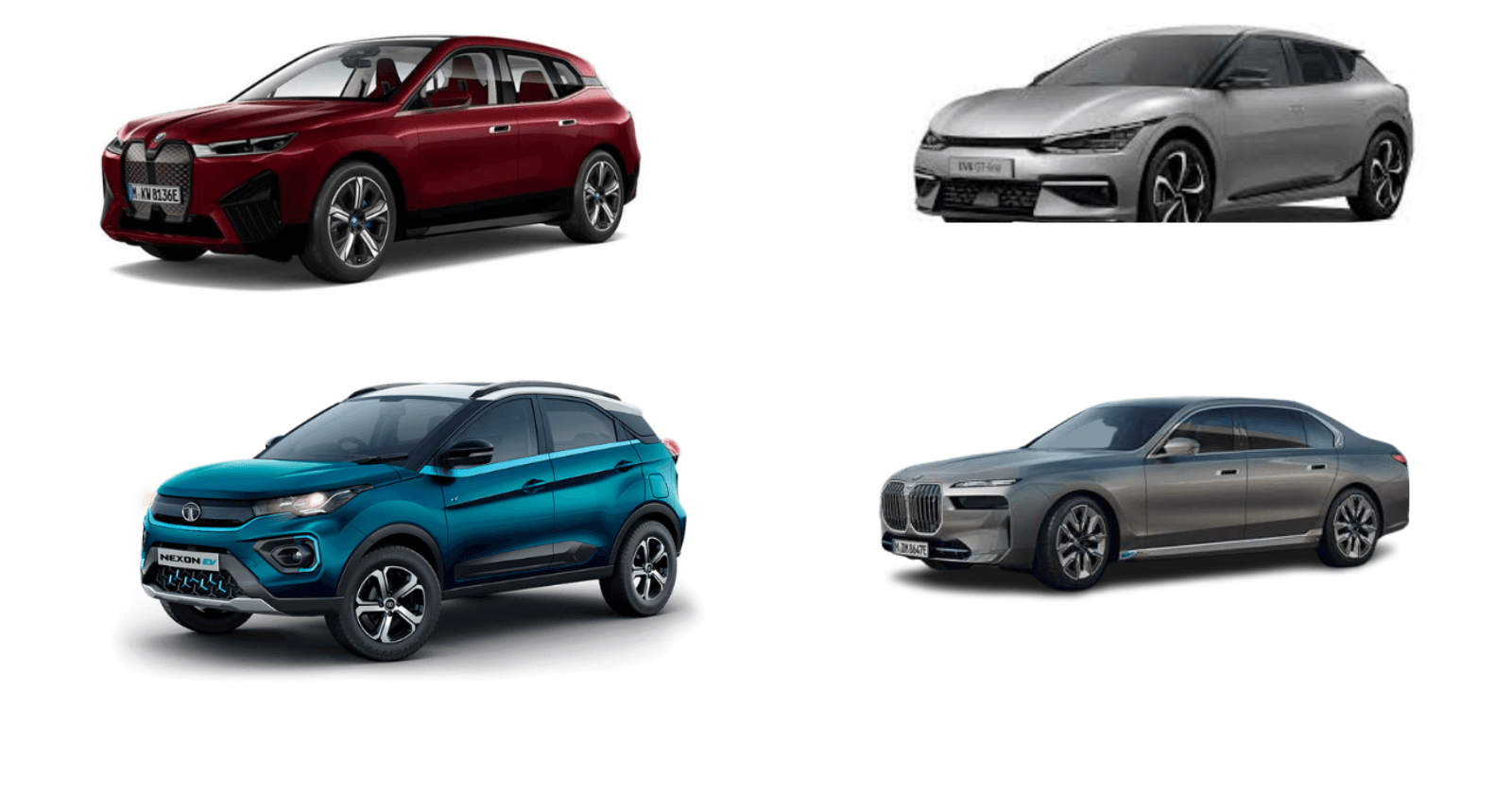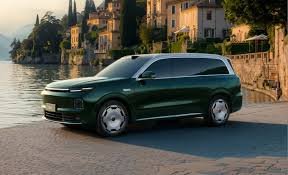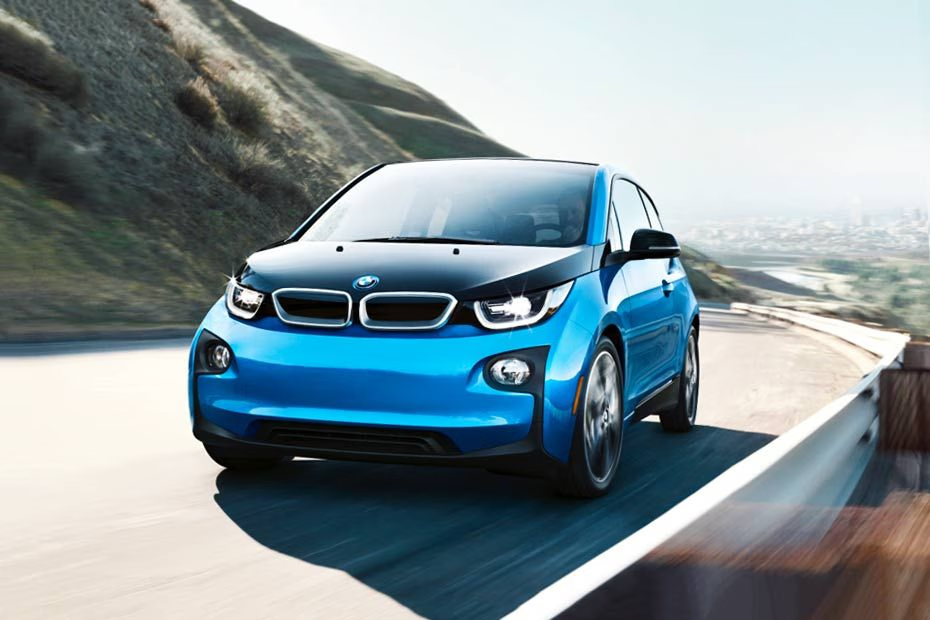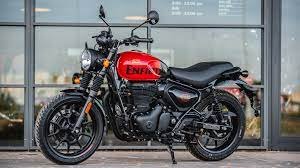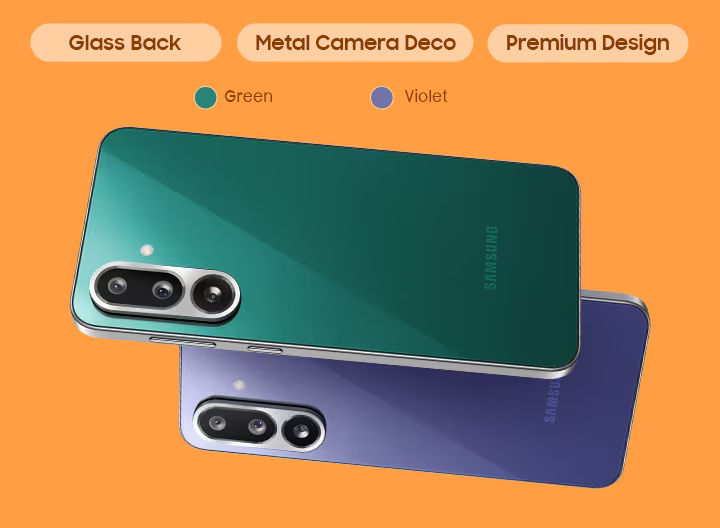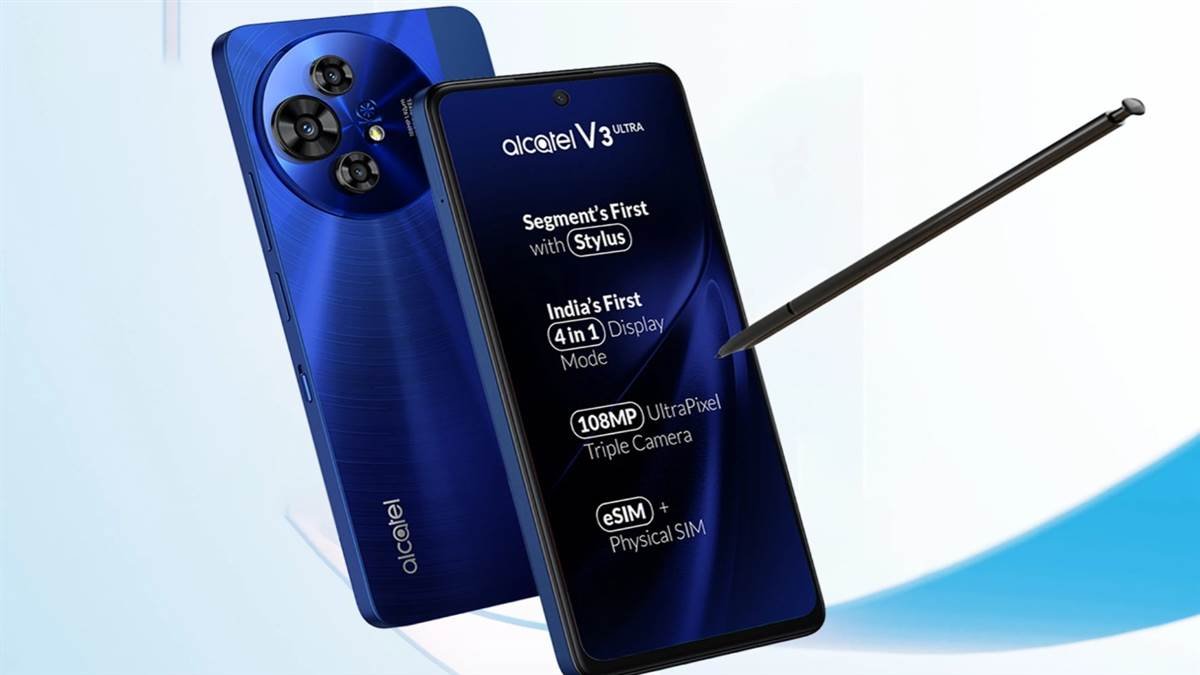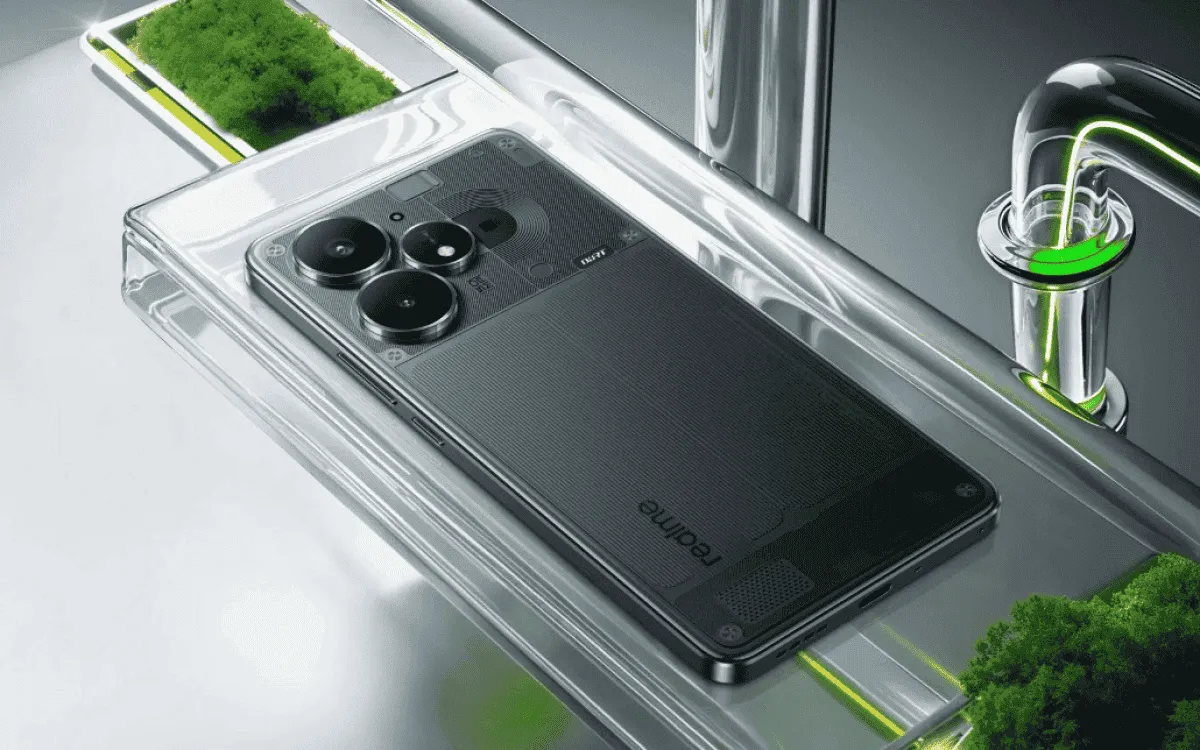Electric vehicles have come a long way in recent years, but one of the most critical factors for consumers remains the real-world driving range—particularly at highway speeds. In this second part of our comprehensive EV highway range test, we continue examining how 57 electric vehicles perform when driven in conditions that reflect everyday highway use, not just ideal lab scenarios. Part 2 reveals the final rankings, new surprises, and the ultimate winner in terms of long-distance highway performance.
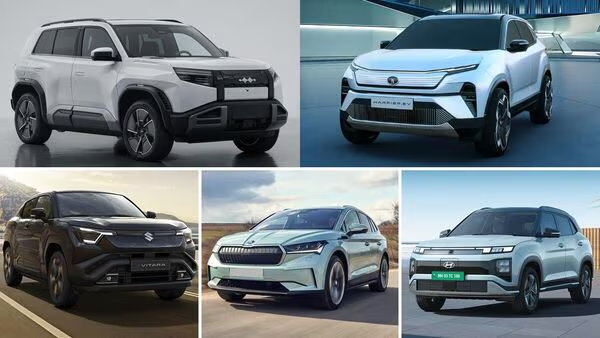
Why Highway Range Matters More Than You Think
Unlike city driving, where regenerative braking and lower speeds can help conserve energy, highway driving places a continuous load on the battery. This exposes how efficient an EV truly is in sustained conditions. Manufacturers often cite optimistic range figures based on mixed or urban cycles, but long-distance drivers—commuters, road-trippers, and fleet owners—care more about highway consistency.
Our test used consistent methodology: driving each EV from 100% charge to empty on a closed-loop highway course at an average speed of 70 mph (112 km/h). All vehicles were tested in mild weather with climate control settings standardized.
Top Performers: The Surprising Winner
The final segment of the test saw several premium and long-range EVs face off. Notably, Tesla, Lucid, Mercedes, and Hyundai entered this phase with strong reputations.
The overall winner in terms of real-world highway range was the Lucid Air Grand Touring, clocking in at a remarkable 489 miles (787 km) before needing a recharge. It not only exceeded expectations but also highlighted the effectiveness of its aerodynamic design and high-efficiency powertrain.
The top 5 performers from the full 57-car list include:
- Lucid Air Grand Touring – 489 miles
- Tesla Model S Long Range – 430 miles
- Mercedes EQS 450+ – 410 miles
- Hyundai IONIQ 6 Long Range RWD – 384 miles
- BMW iX xDrive50 – 378 miles
These numbers reflect real driving at highway speeds, not simulations or projections, making them valuable for prospective EV buyers looking for reliability on long journeys.
Other Noteworthy Results
Some models, like the Ford Mustang Mach-E and Volkswagen ID.4, performed slightly below their official EPA estimates, suggesting less highway efficiency. Meanwhile, vehicles like the Hyundai IONIQ 6 and Tesla Model 3 RWD exceeded expectations, showcasing how some manufacturers have optimized their designs for real-world conditions.
Compact EVs and urban-focused models generally saw reduced ranges under highway conditions. For example, the MINI Electric and Mazda MX-30 struggled to break 120 miles before needing a charge—fine for city use, but limiting for highway travel.
What These Results Mean for Buyers
If you’re primarily a city driver, most EVs will serve your needs just fine. But if you’re frequently on the highway or planning road trips, range at sustained speeds should be a primary consideration. Fast charging capability also plays a role, but it’s the actual miles between stops that determine travel ease.
It’s also worth noting that efficiency isn’t always tied to battery size. Aerodynamics, weight, drivetrain configuration, and software tuning all significantly impact highway range.
Conclusion
The Part 2 results of our highway range test underline a growing truth: not all EVs are created equal when it comes to highway driving. The Lucid Air Grand Touring sets a new benchmark, while legacy and newer manufacturers alike are closing the gap with competitive offerings. For drivers who value long-distance capability, these results provide a practical, data-driven guide to the most efficient choices on the market today.
FAQs
1. Why does highway range differ from city range?
Highway driving consumes more energy due to constant speed and aerodynamic drag, with fewer opportunities for regenerative braking.
2. Which EV had the best highway range in this test?
The Lucid Air Grand Touring topped the list with 489 miles of highway range.
3. Are EPA range estimates inaccurate?
EPA estimates are useful but often based on mixed driving. Real-world results can vary, especially under constant highway conditions.
4. Do smaller EVs perform worse on highways?
Yes, many compact EVs have smaller batteries and less aerodynamic designs, which reduce their effective highway range.
5. Is fast charging more important than highway range?
Fast charging helps reduce downtime, but higher highway range reduces the need to stop frequently—both factors are important depending on your travel habits.

